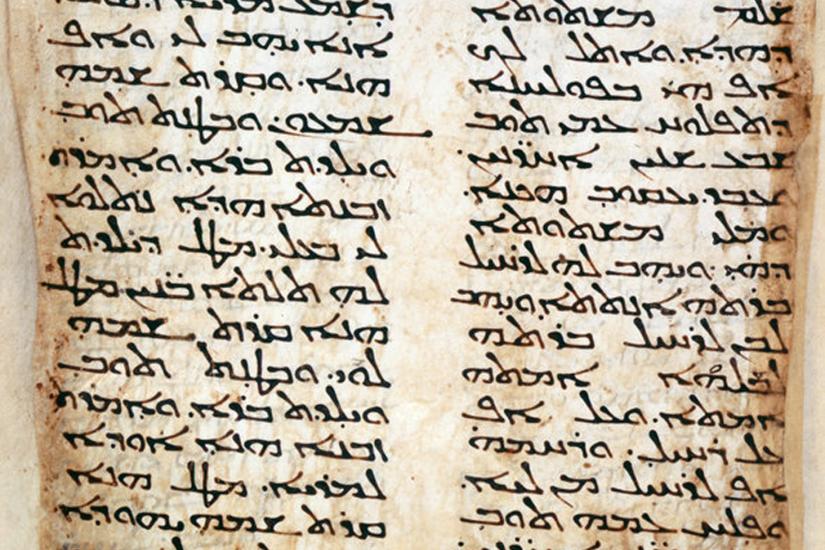
Syriac was the leading language of culture in the Middle East after the Arab conquest and before the emergence of Arabic medical and scientific literature in the ninth century. Some Jewish intellectuals learned Syriac and utilized Syriac medical, scientific, and theological sources in their own works.
In this lecture, two important examples will be discussed:
(1) The earliest Hebrew medical encyclopedia, the Book of Remedies (or Sefer Asaf, “Book of Asaf”) composed in the 750s, probably in Iran, which was partly based on the medical works of Shem‘on de-Taybuteh, a Syriac author who lived in the monastery of Rabban-Shapur, southwestern Iran in the 680s and 690s.
(2) Da’ud al-Muqammas’s Judeo-Arabic commentary on the biblical creation narrative (mid-ninth century), which was based on the hexaemeron-literature of Miaphysite authors, especially Jacob of Edessa’s Hexaemeron (ca. 708). Da’ud al-Muqammas’s work was read by Saadia Gaon (882-942) and Jacob al-Qirqisani (ca. 890- ca.960), and had a significant impact on the Jewish biblical exegesis of the High Middle Ages, including the works of Abraham Ibn Ezra (ca. 1089-ca. 1161), and Moses Maimonides (1138-1204).
The lecture will be hybrid. To attend, please email meds@ceu.edu.